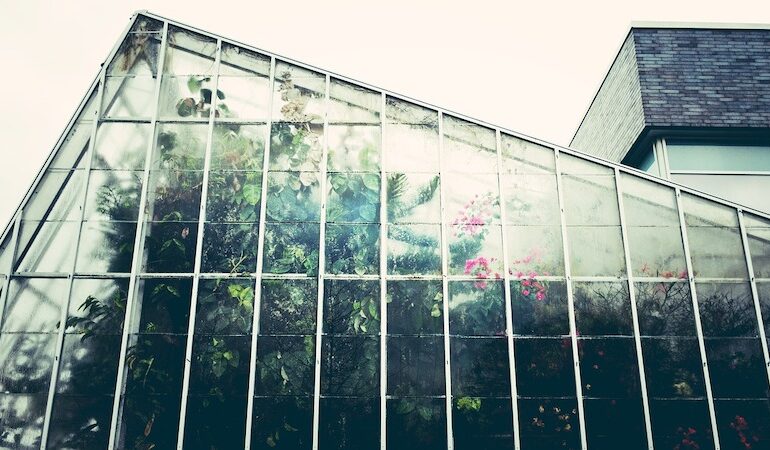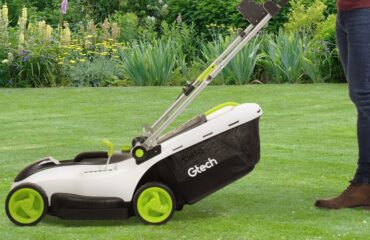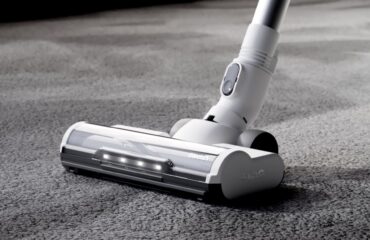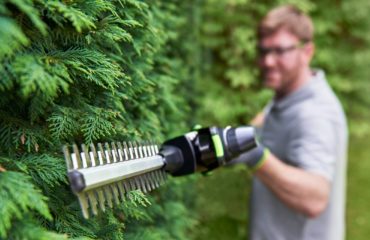Grow lights are the main contributors to plant growth and development
Just as humans feed on food, plants consume the visible lights from the sun
However, since indoor gardening plants are not directly exposed to the sun, the need for grow lights specifically for indoor gardening is established.
There are many factors to consider in choosing the best grow lights for your indoor gardening, including size, PAR rating, spectrum, and others. The main contributor to excellent plant growth, from a grow light, is the PAR rating.
By definition, the PAR (photosynthetically Available Radiation) is the amount of visible light spectrum a grow light supplies to plants. This value is significant in the overall plant growth. Thus, before any purchase, you need to understand the PAR rating’s capacity via a measuring meter or by communicating with the brands’ customer service, as well as checking the product description.
The visible light spectrum has light emission ranges; you need to understand the ultraviolet spectrum ratio, Infrared spectrum, and the PAR rating. Most garden plants perform excellently with the PAR rating, although some plants use ultraviolet rays to grow. Adequate familiarity with the spectrum charts or other sources from the brand or product description is essential to a successful purchase.
Another factor is the size of the grow light. By size, the exposure range, light brightness, and cost are embedded. Thus, you have to measure your gardening dimensions to know the areas needed to cover, the enclosure’s height, and the type of garden plants.
All of these features improve the plant’s performance based on efficiency. Lastly, you need to calculate the size-to-efficiency ratio, spectrum exposure efficiency, and the PAR efficiency—the standard PAR for garden plants is 95% excluding heat emission.
Types of Grow Lights
Grow lights perform the same function, but the efficiency and delivery differ based on the factors listed above. For example, seeds need a small percentage of ultraviolet light, but dangerous to other garden plants.
Thus, you must access the type of garden, type of plants, and budget before buying any grow lights for indoor Gardening. All of these grow lights have specific advantages and cons in an assigned ratio and can be easily purchased from your local grow shop. Another thing is the goal of the plantation.
Some of the grow lights are listed below:
High-pressure sodium (HPS) Grow Lights
HPS lights majorly emit radiation in the yellow/red portion of the visible light. The importance of HPS grows lights include the advancement over other HID lighting in the same category. Specifically, HPS is preferably important over the Halid types of HID lighting. This is because HPS grow lights are found in the yellow/red visible light spectrum and offer some other advantageous visible light.
Notably, the grow lights are specifically crucial in the blooming and fruiting choice of a garden setup. Today, there are many advanced grow lights built in the resolution of HPS; so, before you buy, try to know why you’re buying.
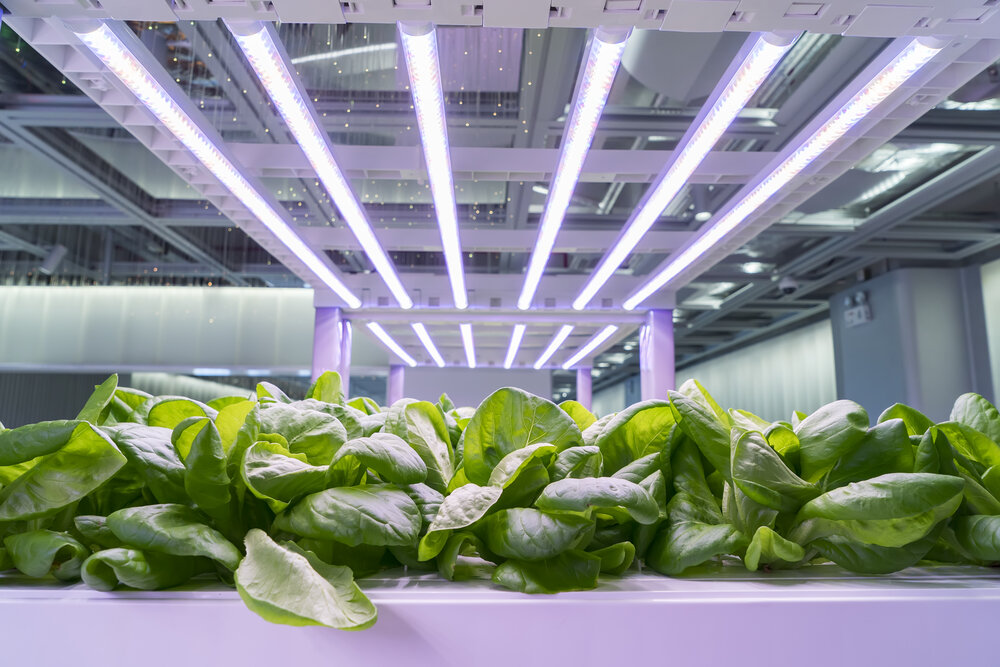
Organic plants growing indoors under grow lights
Compact fluorescent lights (CFL) Grow Lights
The significance of CFL grow lights is the ability to give low light measures to the plants. Since the exposure is relatively low, it is easy to measure how well your plants respond to the light treatments.
Another crucial function of CFL over other grow lights is the versatile colour spectrum. The grow light is available in the blue/colour spectrum of (6500K), warm/red spectrum of (2700K), and daylight range of (5000 K). Based on usage, the CFL is suitable in gardening majorly as flowering (the warm spectrum) and the (cool/blue) spectrum for vegetable growth.
Light-emitting diodes (LED) Grow Lights
LED lights are one of the most common and versatile grow lights in the world of indoor gardening. Majorly, the light is preferred over other lights because it has heat-sink measures and many of these choices come with in-built fans which prevent excessive heat emissions.
The lighting system is quite different from others, such that various spectra are mixed in a single light ray; thus, green, blue, far-red, and red-light spectra are combined in the LED grow lights. These lighting systems contribute to the root formation, plant growth, and flowering – these are the most crucial parts of gardening.
Budget-friendly Grow Lights
SPIDER FARMER LED Grow Light
This light is versatile in function, as it is capable of supporting various stages of plant growth; this suggests the name “spider.” The functional dimming knob is easy to adjust, highly energy-efficient and comes with a Samsung diode (including a premium option).
MARS HYDRO LED Grow Light
This grow light is relatively lightweight and easy to install due to the aluminium covering, which occupies a larger percentage of the device. The same aluminium foils reinforce the lighting and make the grow efficient; it is a fanless growing light, and energy-reducing grow light.
GE BR30 LED Grow Lights for Indoor Plants
This grow light is available in two options (red productive option and balanced option) depending on what you are growing. Functionally, it is suitable for growing plants at different stages of production. And, notably, works with other lamps you have.
Phlizon 600W LED Plant Grow Light
The Phlizon is also a versatile light. The light has a varying light spectrum supporting plants’ stages, including the defence system and plant growth. Part of the grow light includes red, blue, UV, and IR, which play specific roles in cultivation choice. Lastly, the grow light has an adjustable knob to control the intensity of lights and periodic mode of lighting.
Conclusion
LED Lights are widely used today due to their varying advantages over other grow lights, including mixed led, maximized spectrum, compatibility with varying plant growths, and heat-sink features.
Although each of the grow lights has unique advantages, it is essential to know why you need a grow light. If you are not familiar with how grow lights work, you should carefully study this article and check the grow lights section; specifically LED lights to other types.

